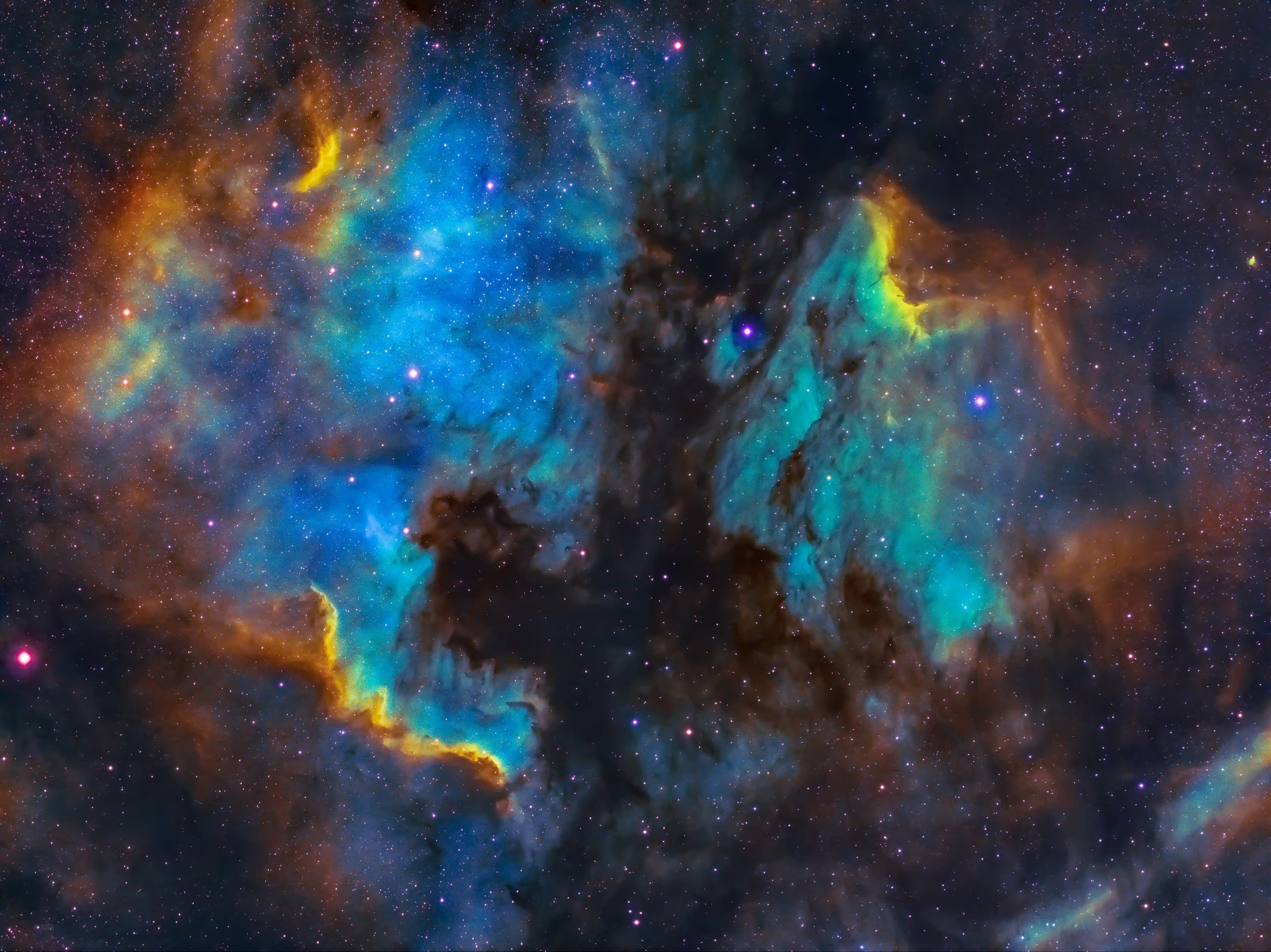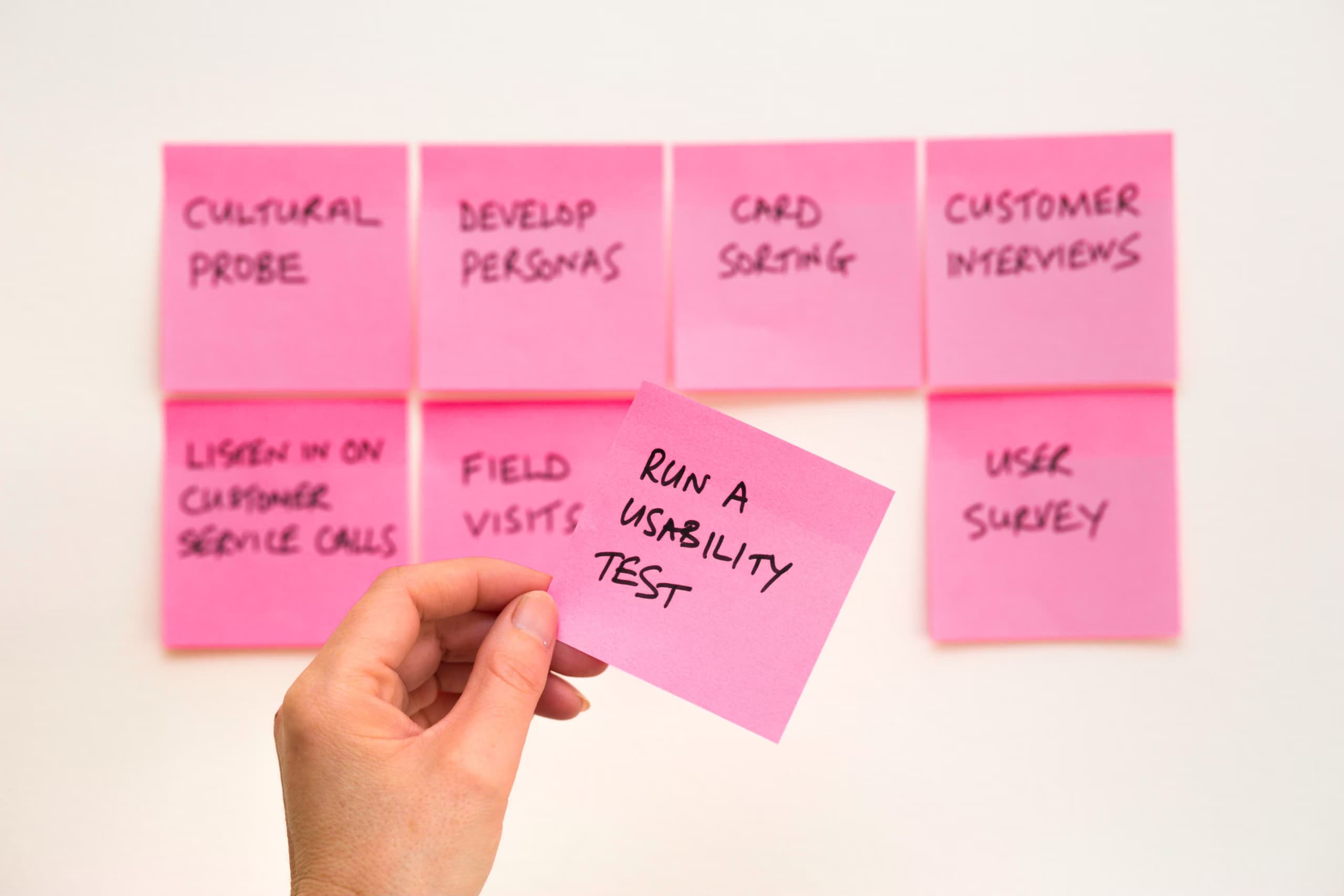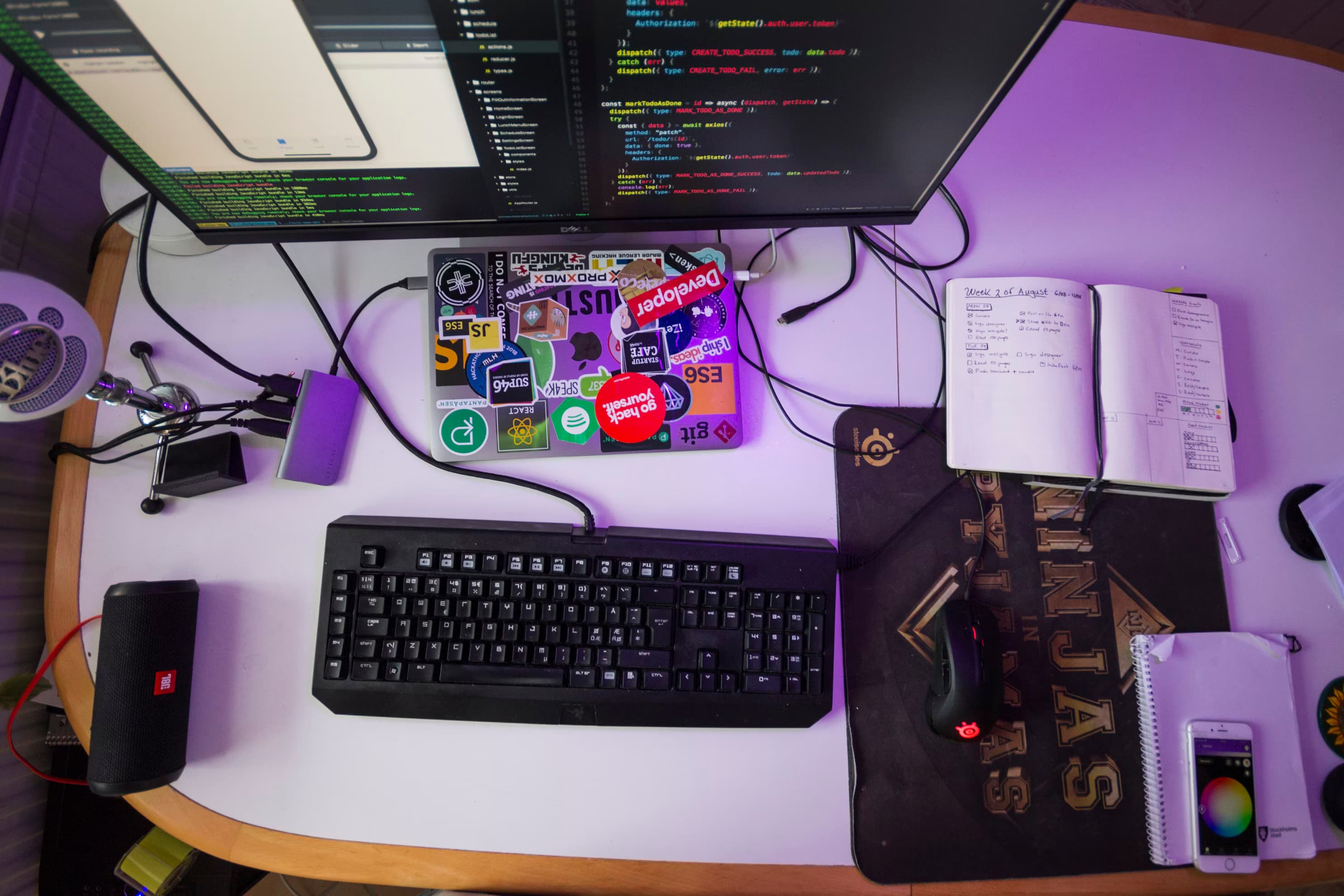Top 5 UI Component Libraries for Next.js Projects

As a developer, finding the right UI component library for your Next.js project can greatly enhance your productivity and help you deliver a polished and consistent user interface. With so many options available, it can be overwhelming to choose the best one. In this article, we will explore the top five UI component libraries that are well-suited for Next.js projects. Each library has its own set of features, advantages, and community support, so let's dive in and find the perfect fit for your project.
1. MUI (formerly Material-UI)
MUI, formerly known as Material-UI, is a comprehensive and highly customizable UI library for React and Next.js. It offers a rich collection of pre-built components, including buttons, forms, cards, and more, all following the Material Design guidelines. MUI is backed by a large and active community, making it a popular choice among developers.
Features and Benefits
- Robust and customizable: MUI provides a wide range of components with extensive customization options, allowing you to tailor the UI to your project's needs.
- Material Design compliant: The library follows the Material Design guidelines, ensuring a consistent and visually appealing user interface.
- Active community support: MUI has a large and active community, providing ongoing support, examples, and documentation.
- TypeScript support: MUI has excellent TypeScript support, making it easy to integrate with your Next.js project.
Installation and Usage
# Using npm
npm install @mui/material @emotion/react @emotion/styled# Using yarn
yarn add @mui/material @emotion/react @emotion/styledAfter installation, you can import and use components from MUI in your Next.js project:
For more information on how to use MUI in your Next.js project, refer to the official documentation.
2. Ant Design
Ant Design is a feature-rich and widely adopted UI library that provides a comprehensive set of components and design patterns for React and Next.js. It follows the principles of the Ant Design system, offering a consistent and visually appealing UI experience. Ant Design is known for its extensive component library and excellent documentation.
Features and Benefits
- Comprehensive design system: Ant Design provides a wide range of components, including forms, buttons, menus, modals, and more, allowing you to quickly build complex UIs.
- Well-documented: Ant Design has thorough documentation, making it easy to understand and use its components.
- TypeScript support: Ant Design has excellent TypeScript support, ensuring type safety and a seamless integration with your Next.js project.
- Active community: The library has a large and active community, providing ongoing support, updates, and additional resources.
Installation and Usage
To install Ant Design in your Next.js project, you can use npm or yarn:
# Using npm
npm install antd# Using yarn
yarn add antdAfter installation, you can import and use components from Ant Design in your Next.js project:
For more information on how to use Ant Design in your Next.js project, refer to the official documentation.
3. Chakra UI
Chakra UI is a simple and customizable component library that provides a range of UI components for React and Next.js. It focuses on accessibility, developer experience, and customization, making it a popular choice for building modern web applications. Chakra UI offers a set of composable components that follow the atomic design principle.
Features and Benefits
- Accessibility-focused: Chakra UI puts a strong emphasis on accessibility, ensuring that your application is usable by all users.
- Customizable and themable: Chakra UI provides extensive customization options, allowing you to easily match your project's branding and design requirements.
- Developer-friendly APIs: The library offers a straightforward and intuitive API, making it easy to use and understand.
- TypeScript support: Chakra UI has excellent TypeScript support, providing type safety and autocompletion in your Next.js project.
Installation and Usage
To install Chakra UI in your Next.js project, you can use npm or yarn:
# Using npm
npm install @chakra-ui/react @emotion/react @emotion/styled framer-motion# Using yarn
yarn add @chakra-ui/react @emotion/react @emotion/styled framer-motionAfter installation, you can import and use components from Chakra UI in your Next.js project:
For more information on how to use Chakra UI in your Next.js project, refer to the official documentation.
4. React Bootstrap
React Bootstrap is a popular UI library that brings the power of Bootstrap to React and Next.js. It provides a set of reusable components, including grids, forms, cards, and more, allowing you to quickly build responsive and mobile-friendly web applications. React Bootstrap leverages the power of React to provide a seamless integration with Next.js.
Features and Benefits
- Bootstrap integration: React Bootstrap brings the familiar Bootstrap components and styling to React and Next.js projects.
- Responsive design: The library provides responsive components and utilities, making it easy to create mobile-friendly interfaces.
- Large user base: React Bootstrap has a large and active user community, ensuring ongoing support and updates.
- TypeScript support: React Bootstrap has TypeScript typings available, providing type safety and autocompletion in your Next.js project.
Installation and Usage
To install React Bootstrap in your Next.js project, you can use npm or yarn:
# Using npm
npm install react-bootstrap Bootstrap# Using yarn
yarn add react-bootstrap bootstrapAfter installation, you can import and use components from React Bootstrap in your Next.js project:
For more information on how to use React Bootstrap in your Next.js project, refer to the official documentation.
5. Mantine
Mantine is a modern and customizable UI library for React and Next.js. It offers a wide range of components and hooks that make it easy to build responsive and accessible web applications. Mantine focuses on developer experience, performance, and customization, making it a great choice for Next.js projects.
Features and Benefits
- Developer-friendly: Mantine provides a clean and intuitive API, making it easy to use and understand.
- Customizable and themable: The library offers extensive theming options, allowing you to customize the look and feel of your application.
- Accessible and responsive: Mantine follows best practices for accessibility and provides responsive components that work seamlessly across devices.
- TypeScript support: Mantine has excellent TypeScript support, ensuring type safety and autocompletion in your Next.js project.
Installation and Usage
To install Mantine in your Next.js project, you can use npm or yarn:
# Using npm
npm install @mantine/core# Using yarn
yarn add @mantine/coreAfter installation, you can import and use components from Mantine in your Next.js project:
For more information on how to use Mantine in your Next.js project, refer to the official documentation.
Conclusion
Choosing the right UI component library is crucial for the success of your Next.js project. Each of the libraries mentioned - MUI, Ant Design, Chakra UI, React Bootstrap, and Mantine - offers a rich set of components, customization options, and community support. Consider your project requirements, design preferences, and the level of customization you need when selecting a library. With any of these UI component libraries, you'll be well-equipped to create a beautiful and functional user interface for your Next.js application.




